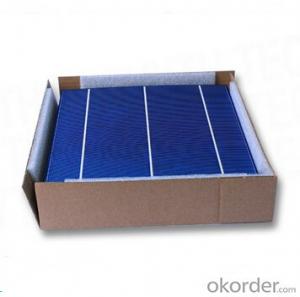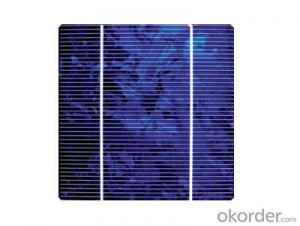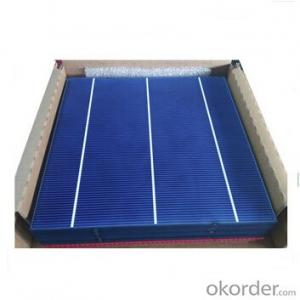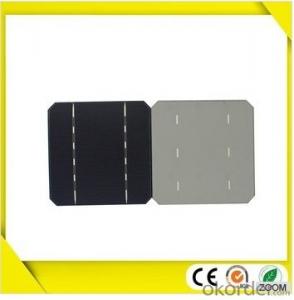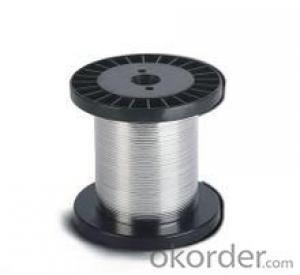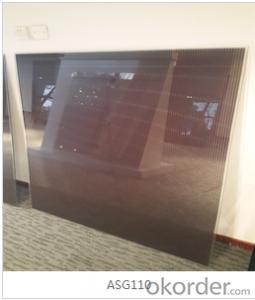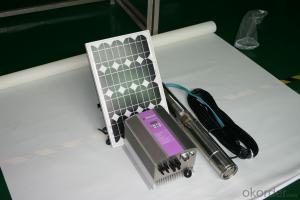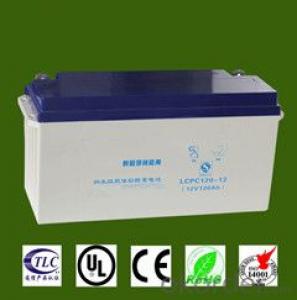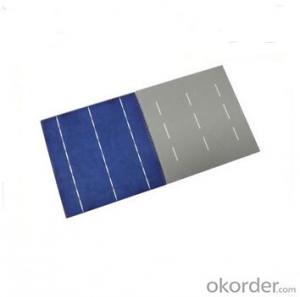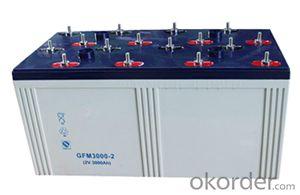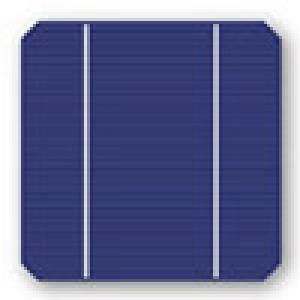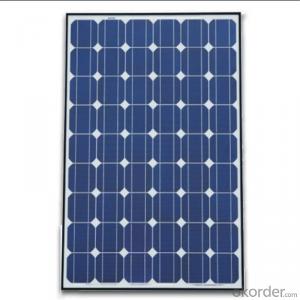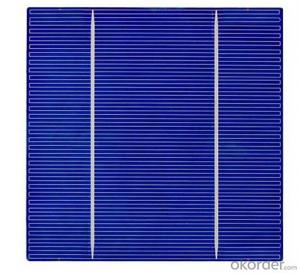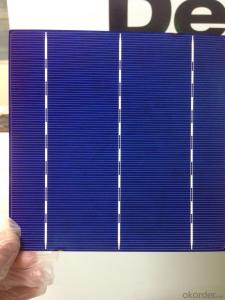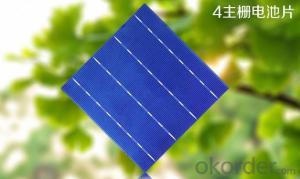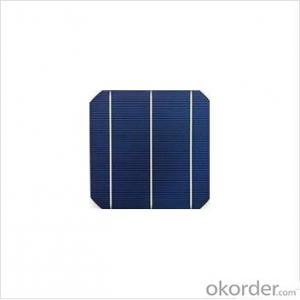Agbis2 Solar Cells
Agbis2 Solar Cells Related Searches
Second Generation Solar Cells 2nd Generation Solar Cells Aerospace Solar Cells Algae Solar Cells Cubesat Solar Cells Ibc Solar Cells Gallium Arsenide Solar Cells Aiko Solar Cells Cigs Solar Cells Affordable Solar Cells Amorphous Solar Cells Bifacial Solar Cells 12 Volt Solar Cells Flexible Solar Cells Avorion Solar Cells Free Solar Cells Nano Solar Cells Ags Solar Inverter High Performance Solar Cells High Temperature Solar Cells Cis Cigs Solar Cells Amorphous Silicon Solar Cells Gallium Antimonide Solar Cells Organic Solar Cells Fiber Based Solar Cells American Made Solar Cells Better Solar Cells High Quality Solar Cells Residential Solar Cells Azur Solar CellsAgbis2 Solar Cells Supplier & Manufacturer from China
Agbis2 Solar Cells are a range of high-quality photovoltaic products designed to harness the power of the sun for various energy needs. These solar cells are engineered with advanced technology to ensure maximum efficiency and durability, making them an excellent choice for both residential and commercial applications. They are capable of converting sunlight into electricity, reducing reliance on traditional energy sources and contributing to a greener environment.The application of Agbis2 Solar Cells is vast, as they can be utilized in a variety of scenarios, from powering homes and businesses to providing energy for remote locations or backup power systems. They are also suitable for use in solar farms, where large-scale energy generation is required. These solar cells can withstand various weather conditions and are designed to last for many years, making them a reliable and sustainable energy solution.
Okorder.com is a reputable wholesale supplier of Agbis2 Solar Cells, offering a vast inventory to cater to the needs of customers worldwide. With a commitment to quality and customer satisfaction, Okorder.com ensures that the products they provide are of the highest standard. By partnering with Okorder.com, customers can benefit from competitive pricing, prompt delivery, and excellent customer service, making it a preferred choice for those looking to invest in Agbis2 Solar Cells.
Hot Products
